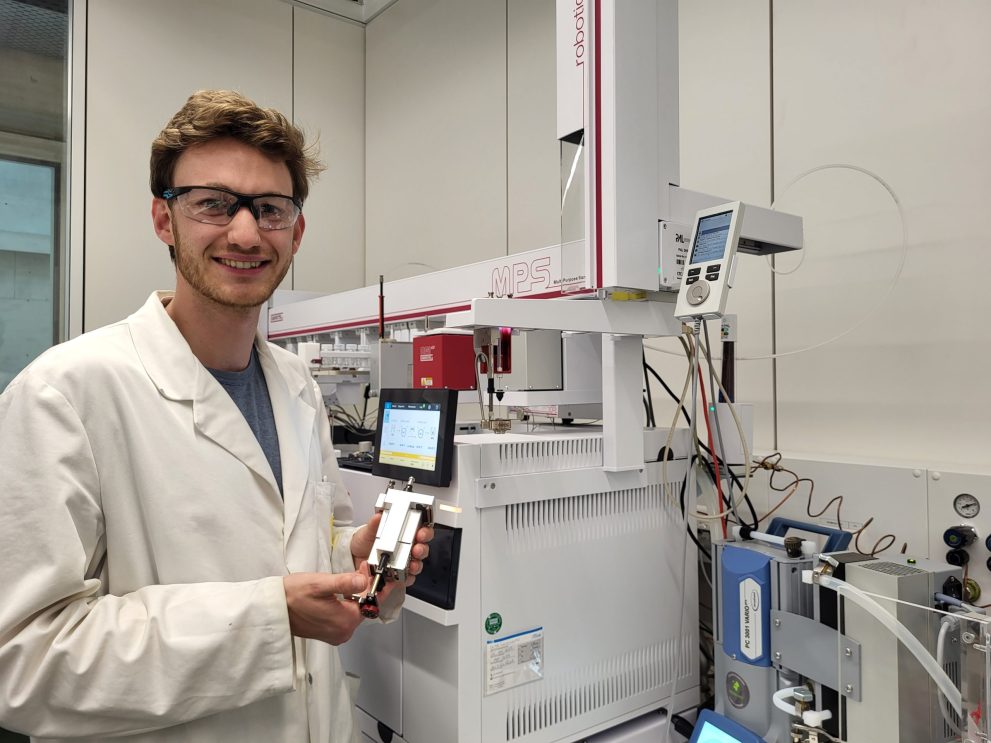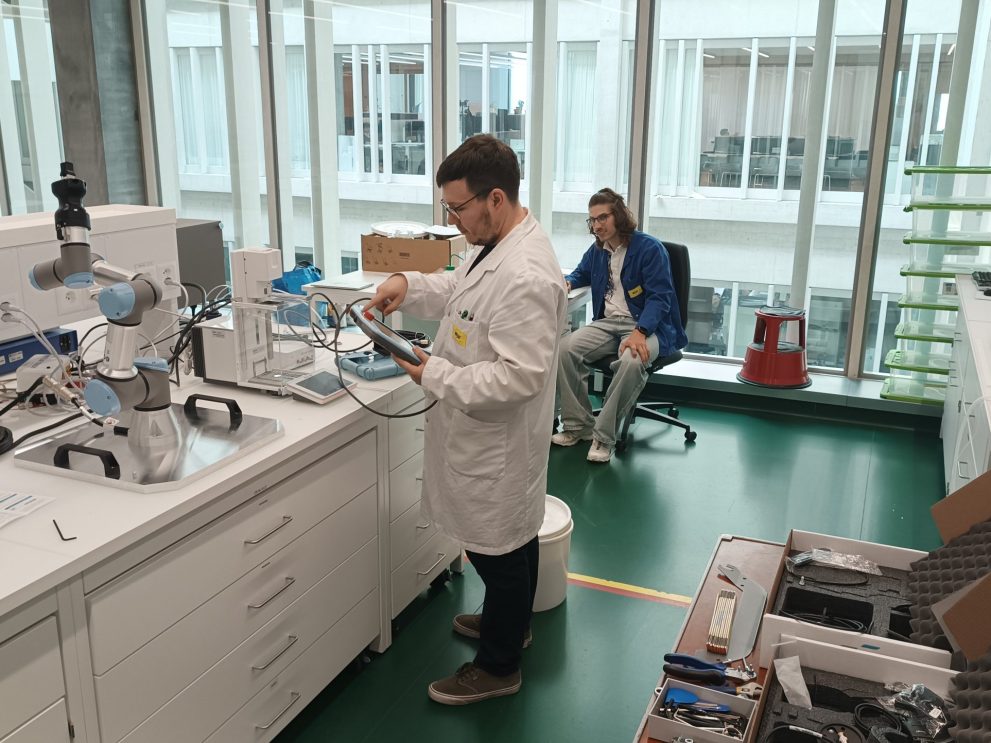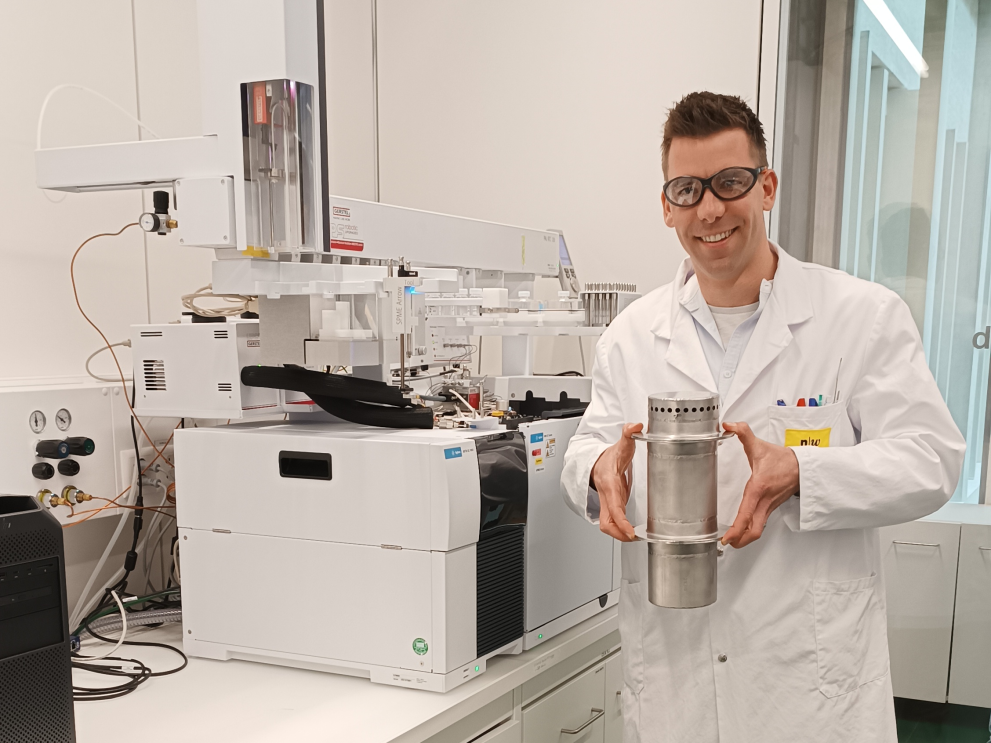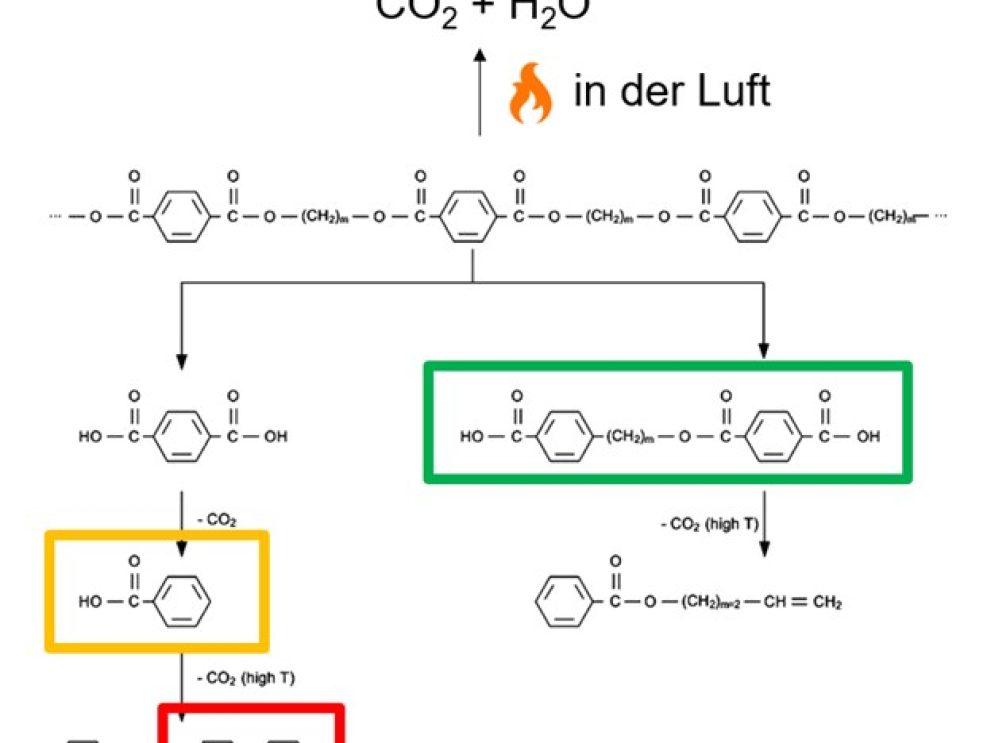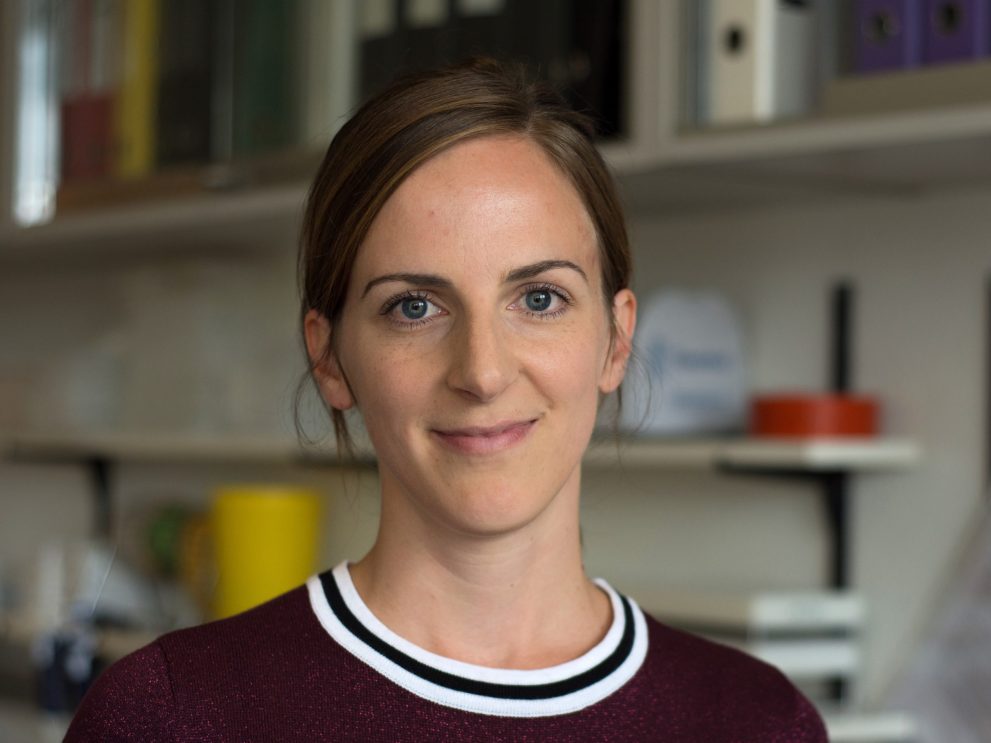Instrumental Analytics
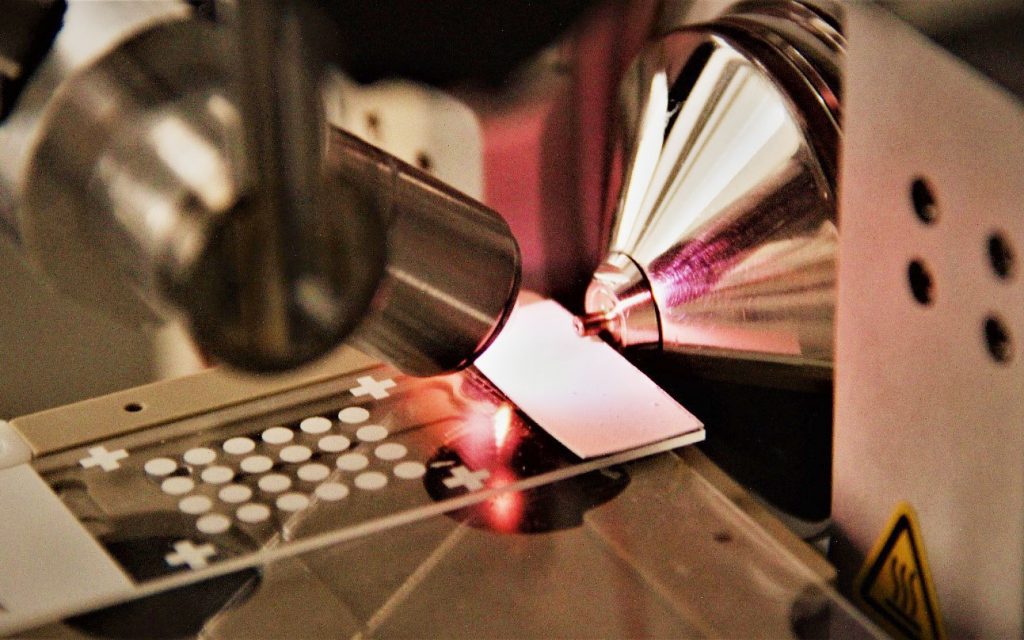
Team leader Instrumental Analytics: Prof. Dr. Stefan Gaugler
The group Instrumental Analytics focuses their research on the three fields of microbiome, microsampling, and microplastics analysis – in short, the “micro” lab.
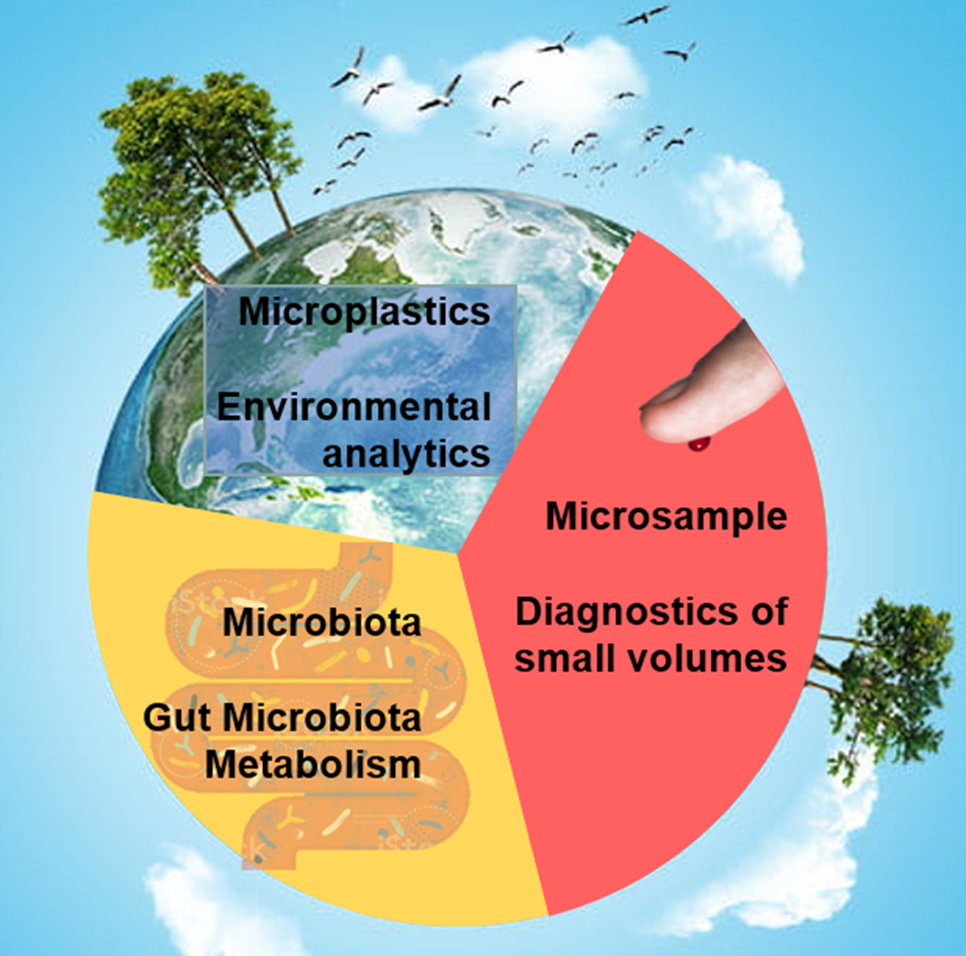
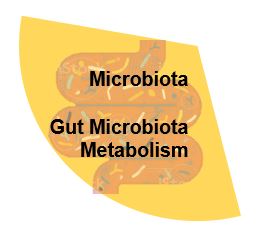
The microbiome is the genetic material of all microbes (bacteria, fungi, protozoa, and viruses) that live on or in the human body. Microbes, which make up the microbiome, outnumber the human cells in a 10:1 ratio. There are several different types of microbes in the human body, with most living in the gut, particularly the large intestine [10.1007/s00405-016-4058-6]. Several diseases have been associated with the microbiome, and hence its analysis and characterizations are nowadays typically included in longitudinal and cross-sectional population studies. However, the impact of these efforts on human health is still rather modest [https://doi.org/10.1128/mSystems.00129-19].
At FHNW, we specialize in metabolomic analysis of such samples. We can offer exploratory studies using LC-QTOF or GC-TOF (e.g. Fiehn library) screenings, but we are also able to narrow down analytes or analyte panels with targeted methods like LC-MS/MS and/or GC-MS.
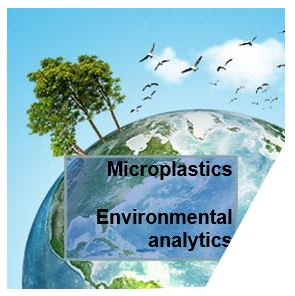
Microplastic (MP) analysis is of growing interest since current routine methods applied in the field do not efficiently detect smaller particles. However, particles with a diameter smaller than 300μm are especially relevant due to assumed toxic effects on humans and animals [1]. With the recent upgrade of a GC-MS system with a pyrolysis autosampler in 2023, within the group of instrument analytics at the ICB, we now have all the technologies used in state-of-the-art microplastic analysis, including laser direct infrared spectroscopy (LDIR) at IEC and μ-Raman spectroscopy (RAMAN) – all under one roof here at the FHNW Campus Muttenz!
Currently, we are collaborating with the Institute for Ecopreneurship (IEC) to establish a competence center for microplastic in the context of environmental health and its effects on humans.
[1] Kunststoffe in der Umwelt | Faktenblatt Nr. 1, https://www.bafu.admin.ch/bafu, aufgerufen am 08.12.2023
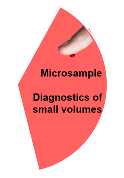
Microsampling refers to the collection of very small volumes of biological samples, such as blood, for analytical analysis. One microsampling technique is the so-called “Dried Blood Spot” analysis (DBS). For this procedure, a fingertip or earlobe is pricked and capillary blood is sampled, then dropped onto a filter paper. Some advantages of DBS include being minimally invasive, requiring a reduced amount of sample, and allowing for easy storage and shipment to the laboratory for analysis.
At our laboratory, we utilize our expertise and equipment to fully automate DBS extraction and analysis. We use a DBS-MS 500 (CAMAG, Switzerland), which has space for 500 DBS cards and can apply an internal standard onto the DBS using a sprayer. The instrument can also scan the hematocrit and elute directly into a liquid chromatography coupled to tandem mass spectrometry (LC-MS/MS) or a vial for analysis. We can also conduct evaluation studies on other microsampling devices, develop new methods, and compare different approaches within metabolomics, lipidomics, and proteomics.
Team members
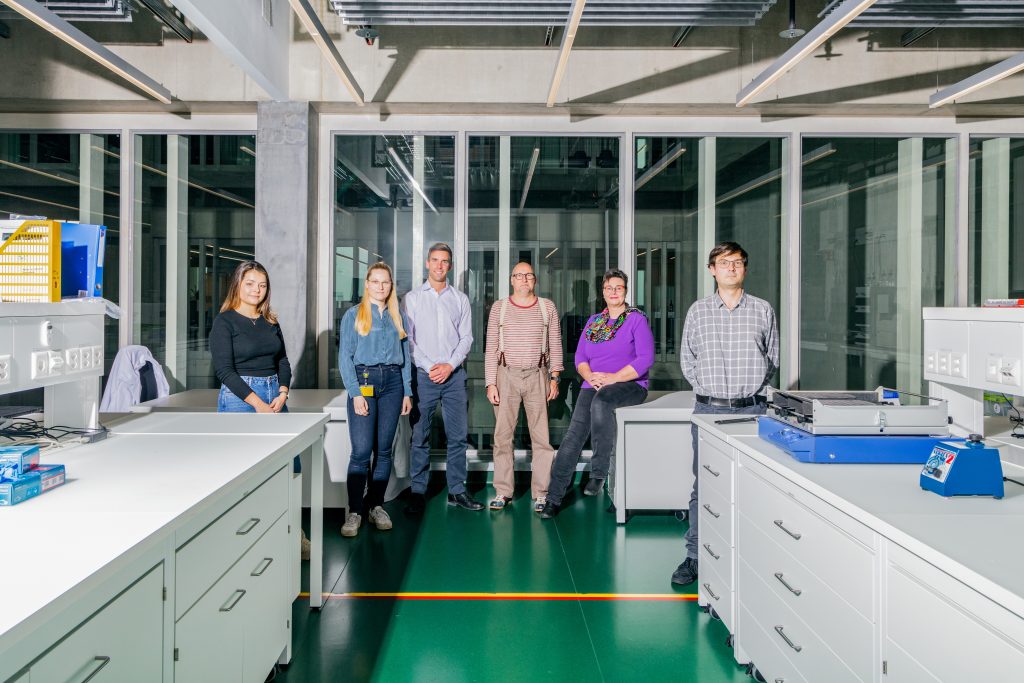
Timm
Timm Hettich is a liquid chromatography (LC) coupled to mass spectrometry (MS) expert. He has several years of experience working on projects of protein digestion and is currently involved in various microbiome as well as microplastic projects.
Andi
Andre Büttler has his expertise in Gas chromatography (LC) coupled with ultra violet (UV) and mass spectrometry (MS). He is responsible for the fundamental analytical chemistry practical courses and further is involved in various research projects such as sugar analytics, microplastics, sensitizers in detergents and further.
Uta
Dr. Uta Scherer has more than 20 years of experience in nuclear magnetic resonance spectroscopy (NMR) on which she received her PhD. She teaches spectroscopy in the third semester and gives introduction lectures for scientific referencing. Further, Dr. Scherer teaches summer and winter schools for scientific referencing.
Jan
Jan Klopfenstein received his BSc. from the FHNW in 2023 and works since then on various projects involving both GC-MS and LC-MS systems. Currently, Jan is involved in coffee roasting projects as well as microbiome and microplastic research.
Alexander
Alexander Laver is a passionate analyst with a keen sense for method development according to Good Laboratory Practice for robust high-throughput applications. He is an LC-MS specialist and is responsible for LC-MS/MS, GC-MS, GC-MS/MS and laboratory automation projects. Alexander is also active in teaching and can be found in the exercises and the laboratory automation lecture. Alexander is also part of the FHNW-PFAS Taskforce.
Severin
Severin Weiss is a Postdoc in the Instrumental Analytics group. He has a strong background in genomics and specializes in the microbiome. He combines the fields of genomics and metabolomics around the microbiome projects by using bioinformatics tools.
Stefan
Prof. Dr. Stefan Gaugler is an analytical chemist and expert in the field of LC-MS based diagnostics. He has been involved in projects in the fields of new-born screening, health care diagnostics, doping in sports to drugs of abuse in the forensic toxicological context. He is teaching mass spectrometry, chromatography, nuclear magnetic resonance spectroscopy, digitalization and laboratory automation.
Available instrumentation
- Two LC-QTOF
- Two LC-MS/MS
- LC-MS
- SFC-MS
- Several HPLC and UHPLC with conventional detectors (DAD, ELSD, CAD, ECD, FLD)
- Several GC-MS (HS-GC-MS, Py-GC-MS, TD-GC-MS)
- GC-TOF
- GC-MS/MS
- Several GC-FID and GC-WLD
- MALDI-TOF/TOF
- 400MHz Nuclear Magnetic Resonance (NMR) , with SampleJet automation, and Cryogenic Probe for nuclei like 1H, 13C, 15N, 19F, 29Si, 31P and many others Standard 1D and 2D experiments
Projects & News
Lab automation at FHNW School of Life Sciences – a current perspective
In the podcast, Prof. Dr. Johannes Mosbacher and Prof. Dr. Stefan Gaugler philosophize about the current status of laboratory automation and digitalization in the Bachelor’s and Master’s degree courses at the FHNW and talk about future trends.
Update on Current Microplastic Detection Methods with a Focus on Pyrolysis GC-MS
We are facing a growing issue of pollution caused by microplastics in the air, water, and soil, highlighting the need for robust analytical methods to handle this problem. Microplastics are categorized as macro-, micro-, and nanoplastics, originating from primary sources (such as manufactured micro-sized plastics in cosmetics) and secondary sources…
New publications in the Instrumental Analytics group
Hair and steroids in DBS
As part of the SNSF-funded project “Understanding the resilience pathways of adolescent students with experience of physical family violence: The interplay of individual, family and school class risk and protective factors”, we developed a liquid chromatography tandem mass spectrometry (LC-MS/MS) method to detect eight different steroids in hair samples.
Microplastic detecion in water samples
The increasing microplastic pollution in air, water and soil requires the development of robust and sensitive analytical methods to better understand and address the problem. Plastics are cheap, stable and corrosion resistant, making this class of materials attractive for many applications. Plastics consist of long chains of polymer molecules made…
Welcome to Dr. med. vet. Julia Lechmann
Dr. med. vet. Julia Lechmann Together with Prof. Stefan Gaugler, Dr. med. vet. Julia Lechmann will be working on dried blood spot (DBS) analysis in veterinary medicine at the FHNW. The aim of their project is to transfer the detection of various animal pathogens from liquid blood to DBS…
